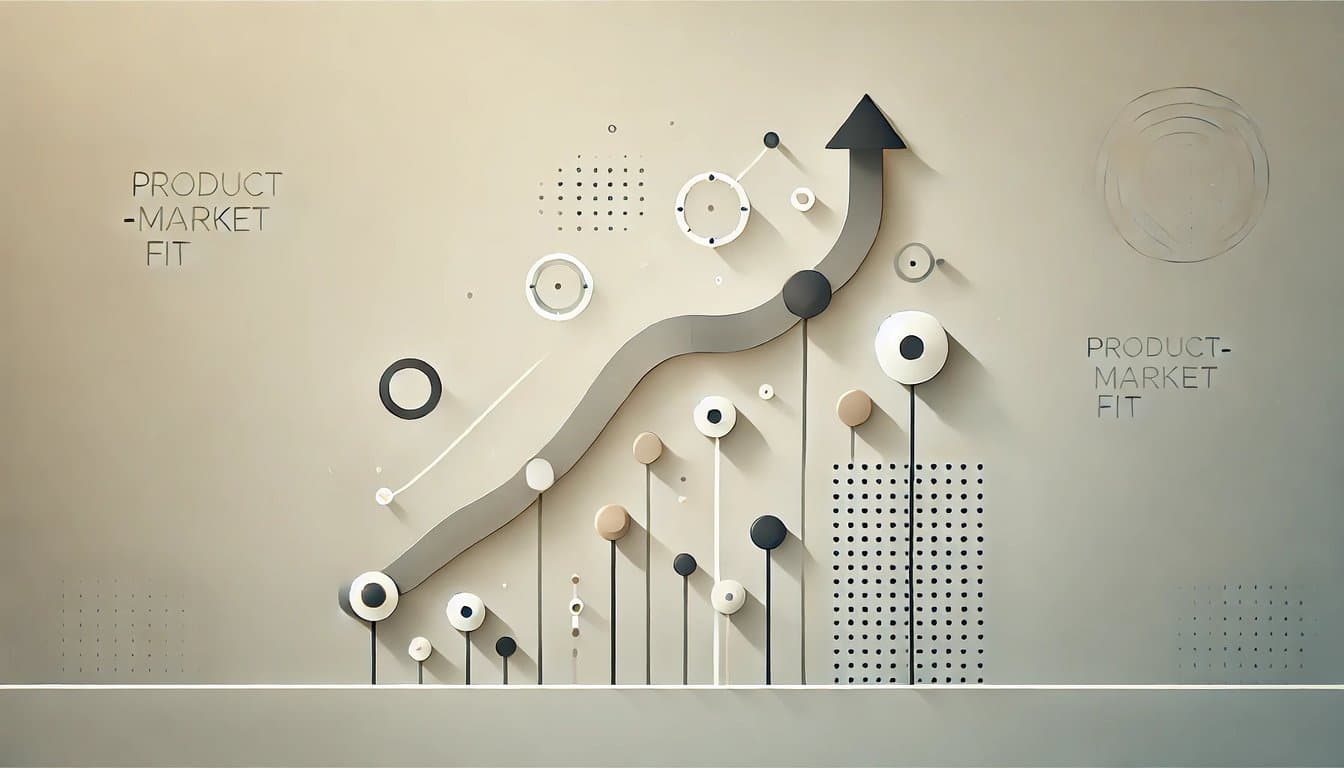When you come from a data-science or backend background, UI work feels like two competing voices in your head. One tells you to nail the perfect, future-proof architecture before you draw a pixel; the other whispers “Just hack it, get feedback.” Ignore either voice and you’ll pay—a slow path to product-market fit on one side, a brittle codebase on the other. Here’s how to balance both and move faster without mortgaging the future.
1. Decide what “future-proof” really means
Not every change should be remotable. Users don’t care if you ship a fresh binary to adjust corner-radius from 12 px to 14 px. But they do care if a typo or colour mismatch waits a week for App Store review. Keep a short, high-impact list of things worth remote control:
Copy & small colours → Firebase Remote Config or LaunchDarkly
Feature flags → turn experiments on/off instantly
Lightweight data (JSON, icons) → fetch from CDN at app start
Resist the urge to build a full server-driven UI engine until you know you’ll need it. Premature generalisation is cargo culting.
2. Adopt the “MVP → Harden” cadence
Prototype fast. Hard-code, duplicate, even violate your own style guide. The goal is user feedback, not code beauty.
Measure. Instrument taps, completions, drop-offs. Your data-science skill is a super-power here.
If the feature survives, refactor. Extract widgets, move colours into design tokens, introduce that DTO-mapper layer you’ll reuse elsewhere. Refactor only what proved valuable.
This rhythm lets you ship weekly while keeping entropy in check.
3. Keep two lightweight guard-rails
Component Library. A button.dart, app_text.dart, and a constants file for colours/spacing buys you enormous consistency for minimal cost.
DTO → Domain Mapping. Raw JSON becomes clean, non-nullable objects via a single mapper file. Widgets never see snake_case or nullables. One extra file, lifelong resilience.
Notice both guard-rails are tiny—hours, not days—yet they insulate you from 80 % of churn.
4. Exploit data to kill bad ideas early
Because you understand metrics, wire every new UI atom to analytics on day one. If users never tap the “Share Achievements” button, delete it without regret. Nothing preserves design agility like ruthless feature triage.
5. The mindset mantra
Bias to ship, refactor when proven.
Write it on a sticky note near your monitor. Every decision—naming a widget, adding a remote config flag, inventing a “super generic” component—passes through that filter.
6. Practical next steps
Finish your screens rapidly with stub JSON → real API.
Add Remote Config for copy & colour tweaks—half a day.
Instrument taps on every new widget; set up dashboards.
Iterate. If users hammer a feature, harden its code. If they ignore it, kill it fast.
Conclusion
Great UI engineering isn’t a binary choice between reckless speed and gold-plated architecture. It’s a controlled oscillation: prototype, measure, refactor, repeat. With a tiny toolkit—remote config, analytics, DTO-mapper, and a component library—you can move as fast as the “ship it” crowd while keeping change as cheap as the “design-for-tomorrow” purists. That’s the mindset that gets you to product-market fit and leaves you with a codebase worth maintaining.


